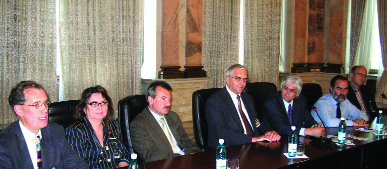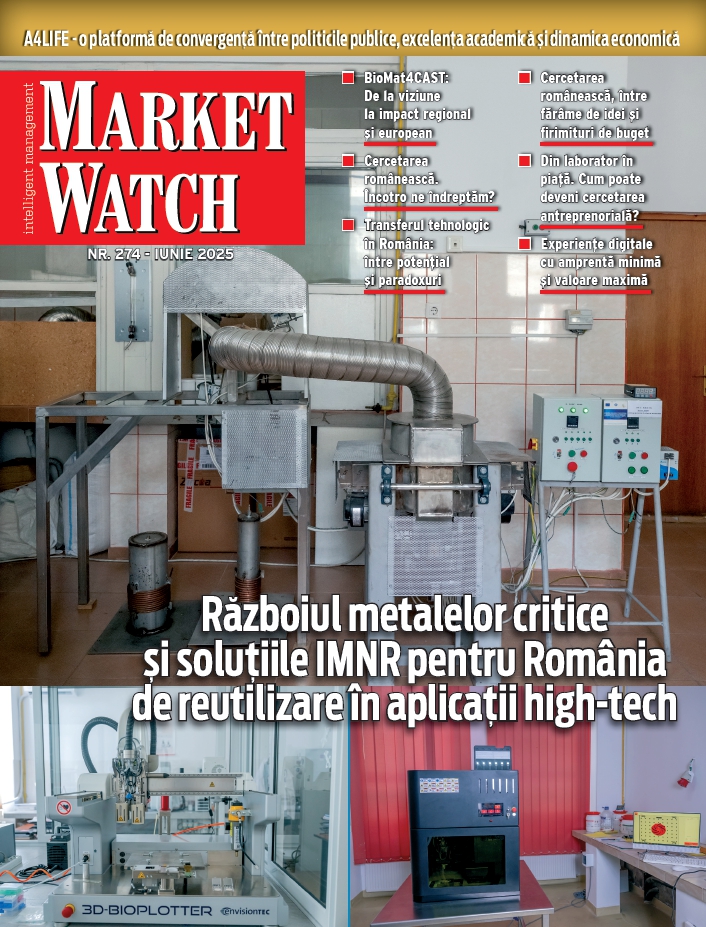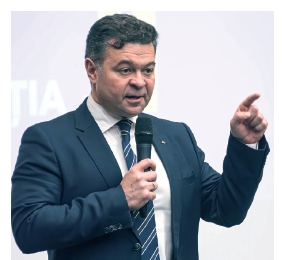COMOTI,

Great players of the European aviation industry were present in October in Bucharest, at the 2009 edition of "X3-Noise", to discuss about new approaching methods and technologies related to the aircraft of the future. One of the most important targets, international binding, is to reduce by 2020 with 50% the airplane noise, National Institute for Turbo-engines Research and Development - COMOTI being one of the main actors of this project.
Aviation brings sustainable development and the involvement in the European projects is the way forward for both research institutes and the Romanian aviation industry. In the last years the local institutes have accessed projects within large consortia, where everyone brings what is the best.
COMOTI participates for several years on an equal footing in the decisions related to reducing the aircraft noise and fuel consumption. COMOTI concern to reduce the noise and the fuel consumption of the turbo engines is constant and is reflected in the participation in European projects, most notably beung VITAL, SILENCE (R), JEAN, CoJeN, JEET.
Portrait X3-Noise 2009
"House of the People" in Bucharest - meeting host X3-Noise 2009 - an event dedicated to reducing the noise and harmful emissions to the future transport aircraft. X3-Noise Program is a network of excellence in aviation which coordinate European projects. The funding comes from the European Commission Framework Program (FP) for Research. "Focal Point" for this part of Europe is the National Institute for Turbo-engines Research and Development, COMOTI, joined by several years in X3-Noise.

A new look for the aircrafts
The aircraft of the future will be much different from today, and the Romanians will participate in their design within the European projects. The landing gear and the fuselage friction with the air produce now the same level of noise like the engine, all of which will be intensively modified. Then, the lowest emission engines are the most silent. So a balance must be found. Therefore new research is needed to combine the effectiveness of "eco" of the propellants with the noise as low as possible. To find the latest technical solutions it must be correlated, however, the results of the research with the requirements of the aviation industry and regulation. "We seek new collaborations and we discuss proposals for projects to be submitted for European funding. The impacts on the environment are taken seriously: carbon emissions, air quality, noise levels at the airport and around it. It is hard work. We are here to make better known the Romanian aviation research and industry, but also to start new collaborations, "said PhD. Eng Silivestru Valentin, general manager COMOTI.
The large partners of the Romanian aviation industry see the building of parnerships as the solution for completion of such projects. "It is our interest to collaborate in the aviation field to reduce environmental impact through the best solutions. The European funds and those of the different countries allows us to address broader environmental protection issues. We reduce consistently the noise and the noxious level by the design of the parts. The shape of the blades of propellers, for example, can reduce the noise and the power consumption. The Romanians had good ideas over time and we are interested in partnerships with them, "believes Andrew Kempton, Chief Noise Specialist - External Affairs Rolls-Royce.
An entirely new plane in 20 years
"X3-Noise brings the great opportunity to form a common point in reducing the aircraft noise," says Denis Gely, head of Aeroaccustic Research Unit at ONERA (Office National d'Etudes et Recherches Aérospatiales), involved in the aircraft noise reduction. "In 20 years we could have a completely different plane of what we see today, with a low environmental impact. In this regard, ONERA supports the partnerships. In the collaboration between research institutes, universities and industry it is very important the technological exchange and formation of a common point of view. Only in this way we can achieve noticeable results quickly. The main purpose is to identify the key technologies that will help to achieve the future targets. In Romania we have no specific projects yet, but we have identified new opportunities for collaboration. "
Text and photos by Eduard Paraschiva

Parerea ta conteaza: 
































 UVT, catalizator al mișcării academice timișorene, își urmează calea spre cunoașterea aprofundată și trecerea către tehnologiile viitorului și ale noilor generațiiUniversitatea de Vest din Timișoara este astăzi cea mai dinamică instituție de învățământ superior din România, o universitate care se...
UVT, catalizator al mișcării academice timișorene, își urmează calea spre cunoașterea aprofundată și trecerea către tehnologiile viitorului și ale noilor generațiiUniversitatea de Vest din Timișoara este astăzi cea mai dinamică instituție de învățământ superior din România, o universitate care se...








